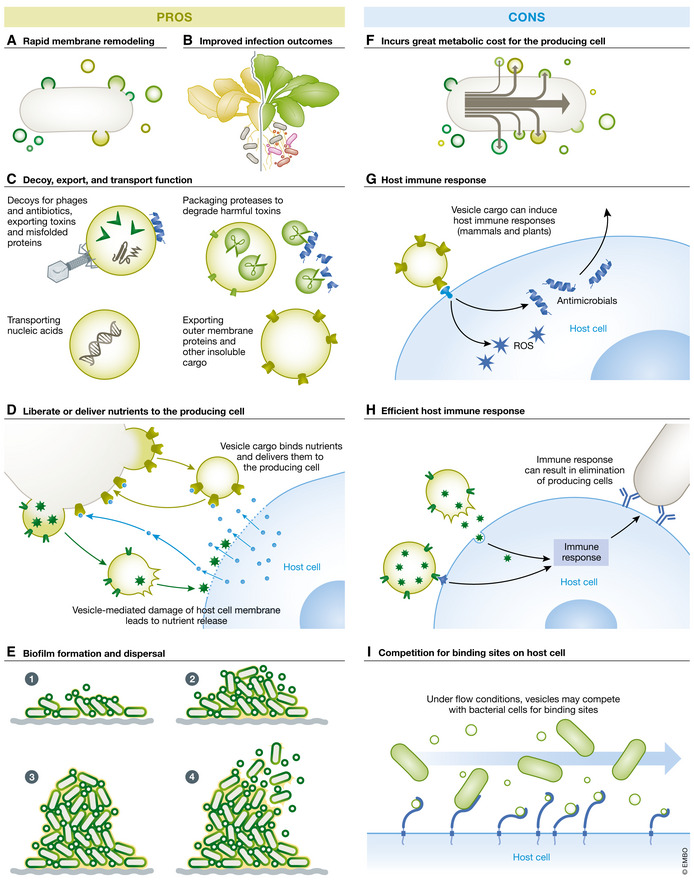Figure 1. A delicate balance: pros and cons of bacterial vesicle production.

Pros: (A) Vesicle production facilitates rapid membrane remodeling in response to environmental conditions. (B) Vesicle treatment elicits plant innate immune responses that lead to improved infection outcomes. Vesicle‐mediated plant immune activation is similar to that described for induced systemic resistance and could indicate a role for vesicles in immune priming and other beneficial‐bacteria‐associated traits. (C) Vesicles play a variety of roles including (top) serving as decoys for phage and antibiotics, and exporting toxins and misfolded proteins, (right) transporting nucleic acid, (left) packaging proteases to degrade toxins that may harm the bacterial cell, (left and bottom) exporting outer membrane proteins and other insoluble cargo. Importantly, not all cargo may be contained in the same vesicle; different populations of vesicles with various cargo and distinct functionality may result from diverse production pathways. (D) Vesicles can function to liberate or deliver nutrients to the producing cell. Vesicle cargo may induce host cell nutrient release through damage to the host cell membrane. Alternatively, vesicle cargo may bind nutrients and deliver them to the producing cell. (E) Vesicles play many roles in biofilm formation and dispersal. They are critical components of the extracellular matrix and have also been shown to facilitate dispersal dependent on packaged cargo. Cons: (F) Export of macromolecules through vesicle production incurs a great metabolic cost for the producing cell. (G) Vesicle cargo induces host immune responses designed to contain and/or eliminate bacterial cells in both plant and mammalian systems. H) Under flow conditions, vesicles may compete with bacterial cells for binding sites, inhibiting bacterial attachment and colonization. (I) Vesicles activate host adaptive immune responses that, in some instances, could result in elimination of the producing cells.
